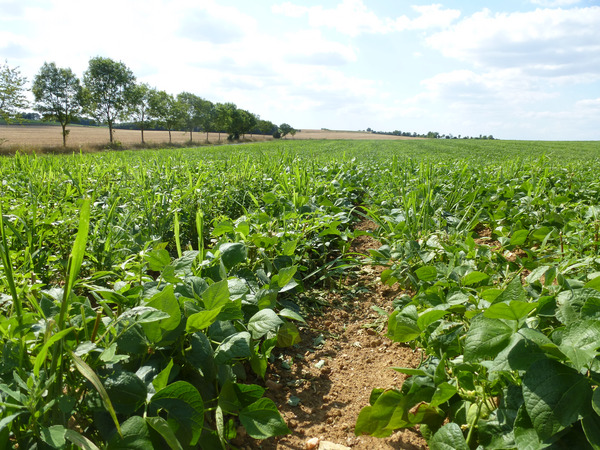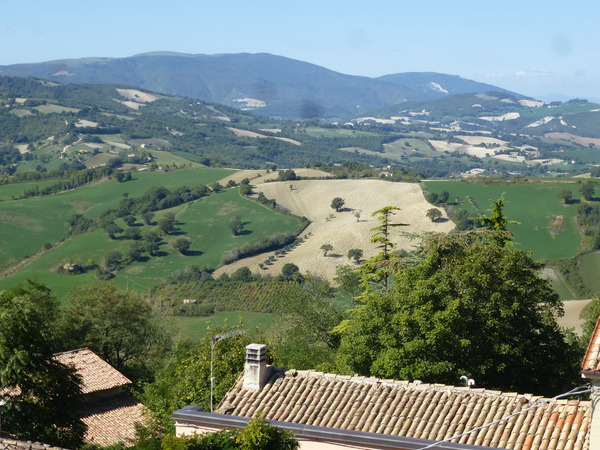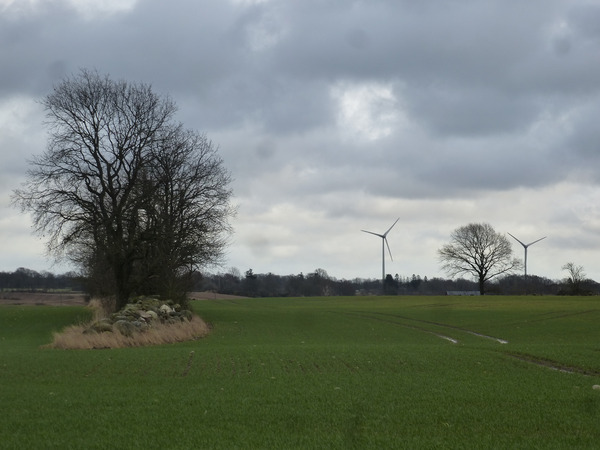Interviews were carried out with 33 farmers who have engaged in crop diversification practices. Farmers were either part of three DiverIMPACTS case studies or from their surrounding areas, including:
- case study 11 (Co-design of diversified systems in Pays de Loire) and the Vendée region in France
- case study 19 (Local legumes – collaboration within the whole value chain) and Skåne county, Sweden, and
- case study 22 (Cereal-vegetable systems for food quality) and the Marche region, Italy.
We retraced the evolution of crop diversity on these farms over time to identify different types of crop diversification pathways. We also asked farmers about their reasons for implementing changes to their cropping systems and about the knowledge, marketing outlets and productive resources they mobilized to implement these changes.
Using a set of indicators of the evolution of crop diversity at the farm scale, we show that these farmers follow three main types of crop diversification pathways. There is a strong coherence between farmers’ motivations to diversify, the resources they mobilize to do so and the shape of their crop diversification pathways.
- The first type of pathway corresponds to farms with a low or slow increase in crop diversity over time. Farmers in this type are mainly driven by crop scale and economic motivations that are not necessarily stable. They lack more stable motivations such as those at the cropping system or farm scale.
- The second type of pathway corresponds to farms with a progressive increase in crop diversity. Not many new crops are introduced but they represent a significant share of the crop area. These trajectories are stabilized by the agronomic motivations behind farmers’ processes of change in practices, and by support and resources provided by the downstream actors buying these crops and supervising the production.
- The third type of pathway is the one that leads to the highest level of diversity, with more frequent changes and a higher number of crops tested by farmers. In addition to strong agronomic motivations to diversify, this type of trajectory is driven by the farmers’ willingness to look for outlets themselves and even to develop new ones, as well as their willingness to develop knowledge and expertise regarding the crops they introduce.
The three types of diversification pathways are present in the three territories studied, although in varying proportions. Farmers in the Marche region, where few large-scale value chains exist for minor crops, rely strongly on short supply chains to create outlets for a larger range of crops. On the contrary, many farmers in Vendée sell their minor crops using outlets developed by the main downstream actors in the region, thus engaging in steady crop diversification processes with downstream regulation of the production. No direct correlations are observed between the farm size or the presence of livestock on the farm and the type of crop diversification pathway.
Taking into account these different possible pathways toward crop diversity appears necessary in order to design appropriate solutions to overcome the obstacles to crop diversification on farms.






 tap and then scroll down to the Add to Home Screen command.
tap and then scroll down to the Add to Home Screen command.